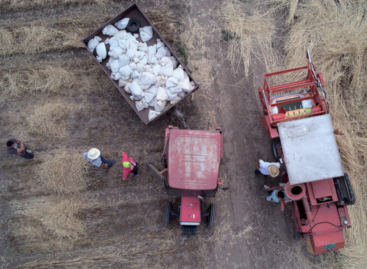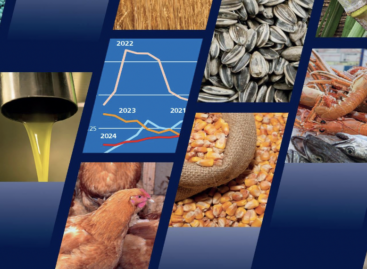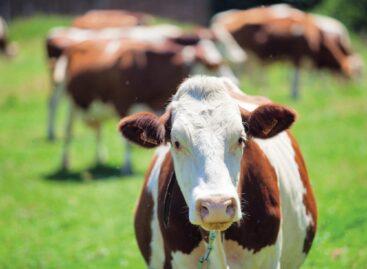FAO: Vegetable oils give a lift to FAO Food Price Index
Global food prices rose slightly in September, as firmer prices of vegetable oils and to a lesser extent dairy products offset declining prices for staple cereal grains.

The FAO Food Price Index averaged 178.4 points for the month of September, up 0.8 percent from August and marking a 4.3 percent increase from a year earlier.
The FAO Food Price Index is a measure of the monthly change in international prices of a basket of food commodities.
The FAO Vegetable Oil Price Index increased by 4.6 percent, driven primarily by palm oil, although values for soy, rapeseed and sunflower oils also rose.
The FAO Dairy Price Index rose by 2.1 percent from August, driven by butter and cheese prices at a time of supply constraints in Australia, New Zealand and the European Union. Meat prices were broadly unchanged.
The FAO Cereal Price Index declined by 1.0 percent, as maize and wheat quotations fell in step with strong supply and harvest prospects. FAO expects the current growing season to yield record worldwide cereals output.
The FAO Sugar Price Index was unchanged for the month, but it was about 33 percent below its year-ago level – a decline due to oversupply in world markets and a slowdown in demand.
Cereal inventories head for a new high
FAO updated its global cereal production forecast for 2017, raised to 2 612 million tonnes, or almost 7 million tonnes above the record set in 2016, according to the Cereal Supply and Demand Brief, also released today.
September’s forecasts were raised on account of robust wheat production trends in the EU and the Russian Federation and expected maize outputs in China and the United States of America.
FAO now forecasts 750.1 million tonnes of wheat to be harvested in 2017 and 1 361 million tonnes of coarse grains, as well as 500.7 million tonnes of rice, slightly down from the previous forecast but close to last year’s record output.
FAO forecasts world cereal stocks by the close of seasons in 2018 to reach a new all-time high of 720.5 million tonnes. That would take the stocks-to-use ratio of cereals – an indicator of the likely price direction – to 27 percent, well above the historical low of 20 percent registered exactly a decade ago.
The ratio is even higher – 34.6 percent – for wheat due to significant inventory build-ups in China and Russia.
World trade in cereals is expected to rise slightly over the marketing year to reach 403 million tonnes, a new record, led by much larger maize imports by China, the EU and the Islamic Republic of Iran. While Russia is set to consolidate its role as the world’s largest wheat exporter, Argentina and Brazil are expected to be the main beneficiaries of the projected expansion in world trade in coarse grains.
Related news
FAO: Global food prices rose to more than a year-and-a-half high in November
Global food prices rose to their highest level since April…
Read more >FAO global food price index spikes
The global index of food commodities jumped to its highest…
Read more >Cocoa, coffee and tea prices raise global food import bill for richer countries
The global food import bill is expected to increase by…
Read more >Related news
ESG – about sustainability standards, from a legal perspective
Since December 2023 several pieces of legislation have been published…
Read more >DairyX makes a breakthrough in dairy-free casein production
Israeli start-up DairyX Foods has made great progress in the…
Read more >Co-op uses AI to fight GBP 40m losses in the UK
British supermarket chain Co-op is using AI technology to detect…
Read more >








